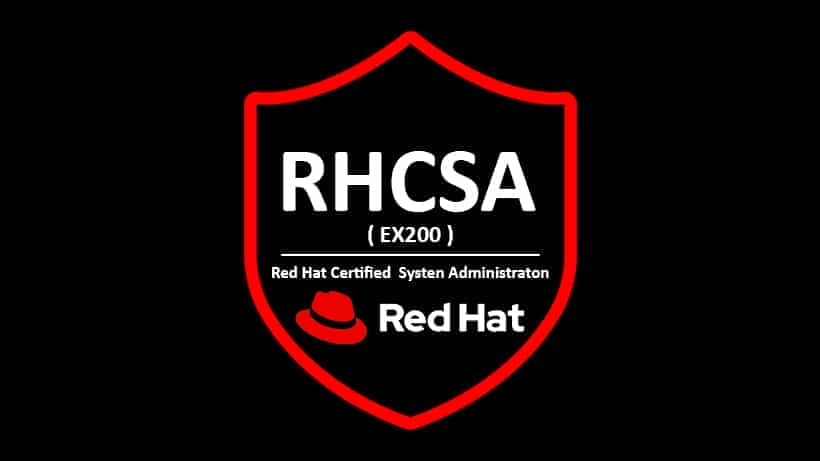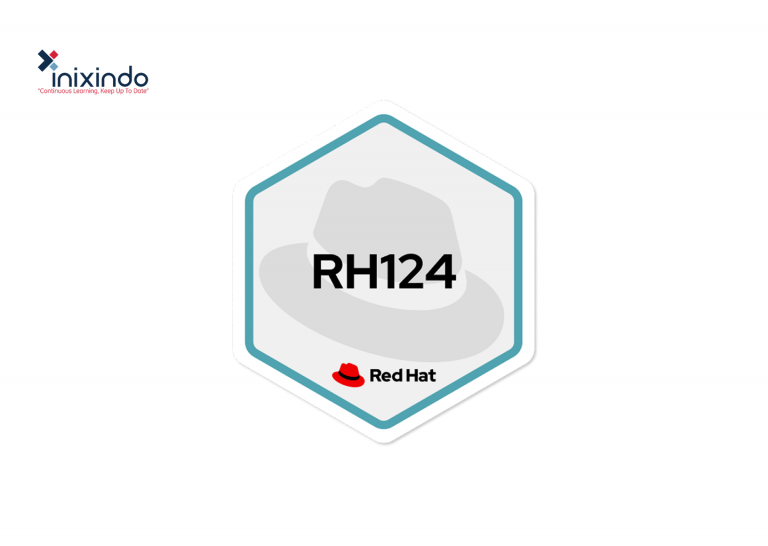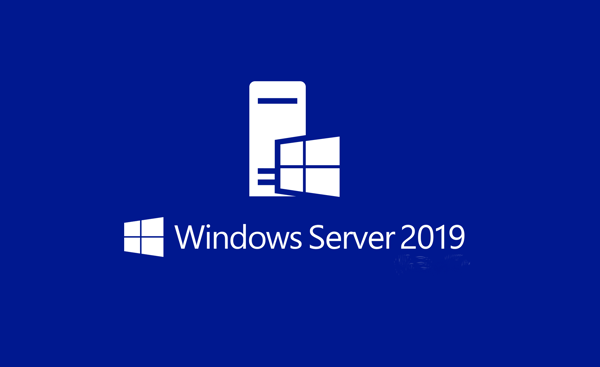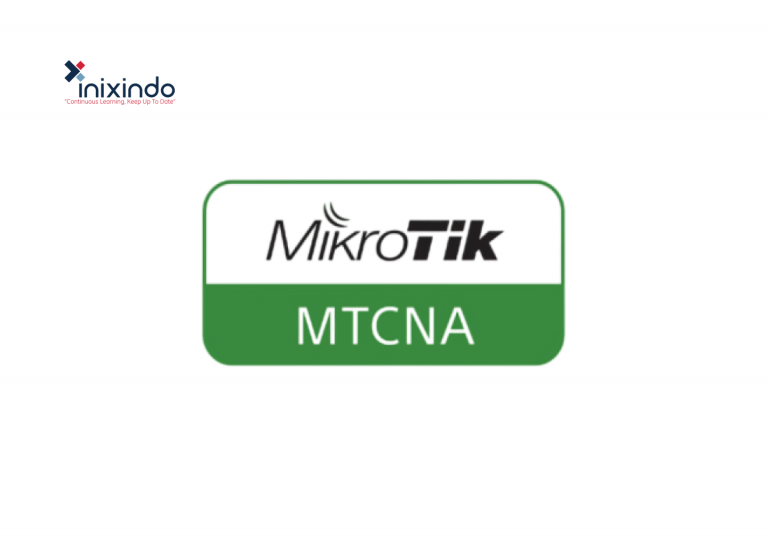- Senin - Jumat, 08:00 - 17:00
- Rukan Permata Senayan, Jl. Tentara Pelajar No.5 Blok E2-E5
- Senin - Jumat, 08:00 - 17:00
RHCSA Rapid Track
Description
Learn and validate essential Red Hat Enterprise Linux 8 configuration, administration, and maintenance tasks and methods in a condensed format. The RHCSA Rapid Track course with exam (RH200) combines Red Hat System Administration I (RH124) and Red Hat System Administration II (RH134), reviewing the tasks at an accelerated pace. The Red Hat Certified System Administrator (RHCSA) exam (EX200) is also included in this offering. This offering is based on Red Hat® Enterprise Linux® 8.2 and is designed for experienced Linux system administrators.
Course content summary
• Package management with new repository structure and appstream modules
• Create storage devices, volumes, and file systems, including Stratis storage management
• Configure network services and security
• Manage processes, scheduling, and tuning
• Manage users, groups, and authentication
• Perform server management with the Cockpit web management utility
• Troubleshoot and obtain support
• Run containers
Impact of this course
As a result of completing this course, you should be able to perform essential Linux system administration tasks, including establishing network connectivity, managing physical storage, and executing basic security administration.
You should be able to demonstrate these skills:
• Access the command line locally and remotely
• Manage files from the command line
• Manage local users and groups
• Monitor and manage Linux processes
• Control services, daemons, and the boot process
• Manage tuning profiles for system performance
• Control access to files with file system permissions
• Analyze and store log files
• Configure and secure the OpenSSH service
• Install and update software packages and appstreams
• Manage Linux file systems and volumes
• Manage Linux networking and firewalls
Garis Besar Pelatihan
• Log in to local and remote Linux systems, and investigate problem resolution methods provided through Red Hat Insights and support.
• Copy, move, create, delete, and organize files while working from the bash shell.
• Create, manage, and delete local users and groups and administer local password policies.
• Set Linux file system permissions on files and to interpret the security effects of different permission settings.
• Protect and manage the security of a server by using SELinux.
• Evaluate and control processes, set tuning parameters, and adjust process scheduling priorities on a Red Hat Enterprise Linux system.
• Download, install, update, and manage software packages from Red Hat and yum package repositories.
• Create and manage storage devices, partitions, file systems, and swap spaces from the command line.
• Control and monitor network services, system daemons, and the boot process using systemd.
• Configure network interfaces and settings on Red Hat Enterprise Linux servers.
• Locate and accurately interpret logs of system events for troubleshooting purposes.
• Create and manage logical volumes containing file systems and swap spaces from the command line, and configure advanced storage features with Stratis and VDO.
• Schedule tasks to automatically execute in the future.
• Access network-attached storage, using the NFS protocol.
• Control network connections to services using the system firewall and SELinux rules.
• Obtain, run, and manage simple, lightweight services as containers on a single Red Hat Enterprise Linux server.
• Review the content covered in this course by completing hands-on exercises

Target Audience
This offering is geared toward Windows system administrators, network administrators, and other system administrators who are interested in supplementing current skills or backstopping other team members, in addition to Linux system administrators who are responsible for these tasks:
• Configuring, installing, upgrading, and maintaining Linux systems using established standards and procedures
• Providing operational support
• Managing systems for monitoring system performance and availability
• Writing and deploying scripts for task automation and system administration
Prerequisites
• You will be expected to already understand fundamental Linux computing concepts and be ready to practice the Red Hat Enterprise Linux methods for performing system administration tasks. Significant field experience working with Linux as a system administrator is recommended.
• If you do not have experience with fundamental Linux computer concepts, we advise you to start with the Red Hat System Administration I (RH124) course instead.
Recommended next course or exam
• Red Hat Linux Automation with Ansible (RH294)
• Red Hat Certified Engineer (RHCE) exam (EX294)
Material Includes
- 5 hari berinteraksi dengan Instruktur
- Akses e-Learning tanpa batas waktu
- E-Sertifikat
RHCSA Rapid Track
-
🖥️ Network & Administration
-
🔰 Level: Beginner - Intermediate
-
🌎 Bahasa: Indonesia
-
📜 Sertifikat: E-Sertifikat
-
💻 Akses: e-Learning




